
At the end of the Ming Dynasty and the beginning of the Qing Dynasty, a group of painters from Huizhou either lived in hiding in the woods, or secluded themselves from the world, or escaped into Buddhism, and gathered in the Xin'an River Basin. They used the landscape of their hometown in Huizhou to express their pen and ink, forming a cool and noble style. The regional landscape painter group "Xin'an School".
The Paper has learned that "Ink Rhythm - Exhibition of Fine Paintings from the Xinan School" will be on display at the National Art Museum of China in Beijing on March 10. The exhibition presents a total of more than 100 pieces (sets) of paintings and related cultural relics by representative painters of the Xin'an School collected by three museums in Anhui. The exhibits cover Jian Jiang, Zha Shibiao, Cheng Sui, Cheng Jiasui, Li Liufang, Dai Benxiao, Zheng Min, Important paintings by Huang Binhong and other representatives of the Xin'an School of Painting in the past dynasties include Jianjiang's "The Wind on the Xiaojiang River", Zha Shibiao's "Residence in Seclusion with the Qin", Sun Yi's "Looking for Sentences on the Creek Bridge", and Dai Benxiao's "Copycat Garden" Classic masterpieces such as "Autumn Mountain Picture". This is also the first time that the collection of Anhui Xin'an Painting School has been unveiled in the capital.
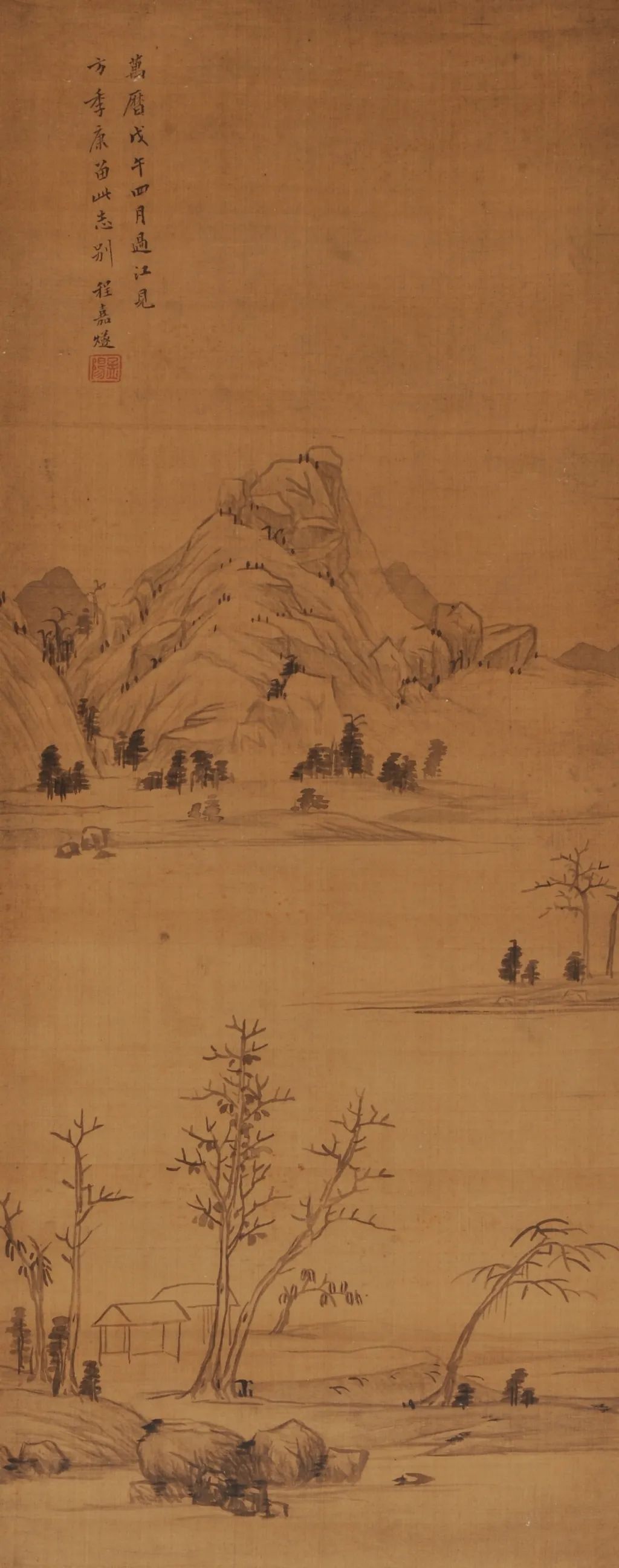
Cheng Jiasui's Picture of Ancient Houses in the Mountains Collection of Anhui Museum
The Xin'an School of Painting is rooted in the fertile cultural soil of Huizhou. Since the late Ming Dynasty, Huizhou painters Cheng Jiasui, Li Yongchang, and Li Liufang were the forerunners, and the "Haiyang Four" led by Jian Jiang, Zha Shibiao, Sun Yi, and Wang Zhirui gradually emerged in the In the painting world, there are many followers. The Xin'an Painting School had a profound impact on the Chinese painting circles during the Ming and Qing Dynasties. Huangshan Painting School represented by Shi Tao, Xuancheng Painting School represented by Mei Qing, Gushu Painting School represented by Xiao Yuncong, and Xin'an Painting School represented by Jianjiang The painters communicated with each other from time to time and responded with the same voice. Even the Yangzhou Painting School and the Shanghai Painting School were deeply influenced by the "Xin'an Painting School". Since modern times, Huang Binhong, Wang Caibai, Lai Shaoqi and others have inherited the tradition of the "Xin'an School of Painting", gone deep into Huangshan Mountain, devoted themselves to creation, reached wonderful realms, and married outstandingly, injecting new vitality and vitality into the traditional "Xin'an School of Painting".
Among them, Jianjiang (1610-1664), Hongren, who was also one of the "Four Monks" in the early Qing Dynasty painting circle, was originally from She County, Huizhou, also known as Meihua Guji, etc., and was respected as the leader of the Xin'an School of Painting. After the death of Ming Dynasty, he fled into Buddhism and became lonely. Jianjiang's paintings were deeply influenced by the literati painter Ni Zan of the Yuan Dynasty, who "brushed carelessly and did not seek resemblance in form". Therefore, the layout of his works is simple and grand, and the artistic conception is vast and distant, which expresses his loneliness in the world.

The Picture of the Gradient River and the Xiaojiang River, collected by Anhui Museum
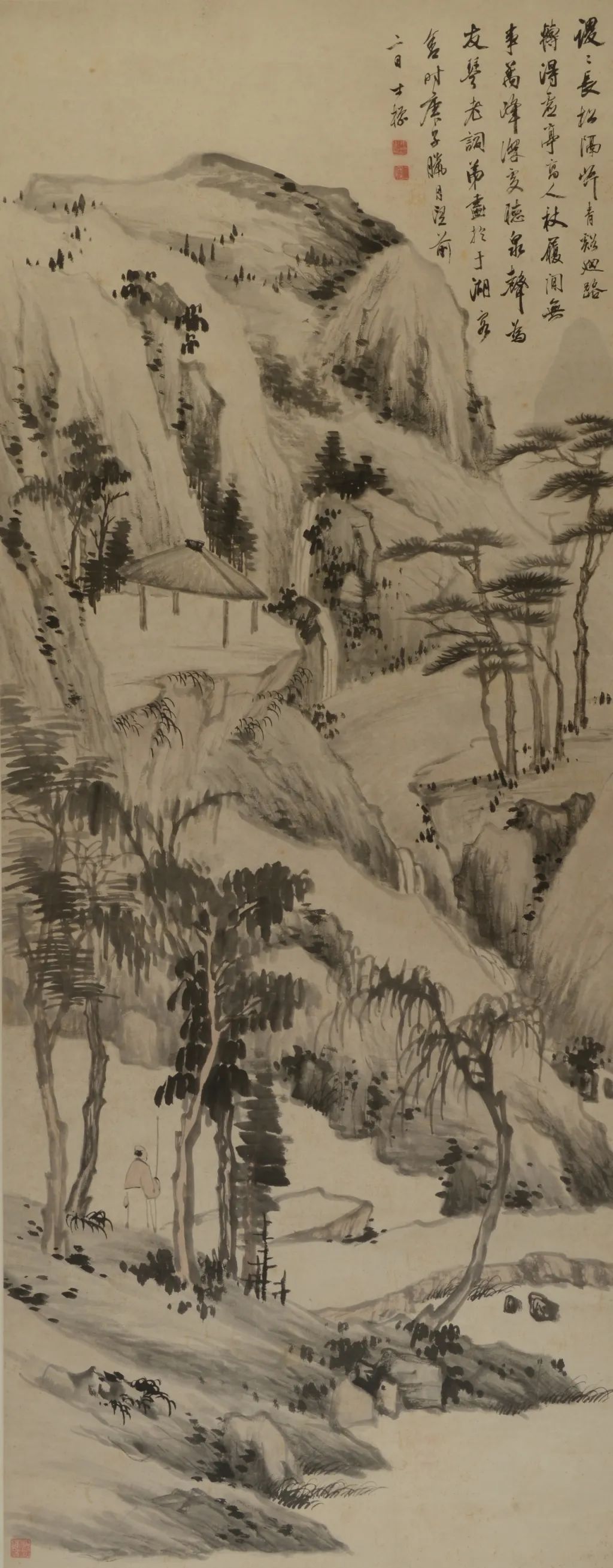
Zha Shibiao's Wind in the Pines Collection of Anhui Museum
Zha Shibiao (1615-1697), named Erzhan and Meihe Sanren, was a native of Xiuning County, Anhui Province, and later lived in Yangzhou. Because he was born into a prominent family in Huizhou, with rich family education and attainments in literature and art, he became a scholar at the age of 20 and became famous. After the fall of the Ming Dynasty, he refused to enter the official career and devoted his love to the mountains and rivers. In terms of painting, he was influenced by Wang Zhirui, Jian Jiang and others. His brushwork is sparse and simple, and he likes to imitate the scattered layout of Ni Zan's works in the Yuan Dynasty. His style is leisurely, desolate and cold, with a unique sparseness.
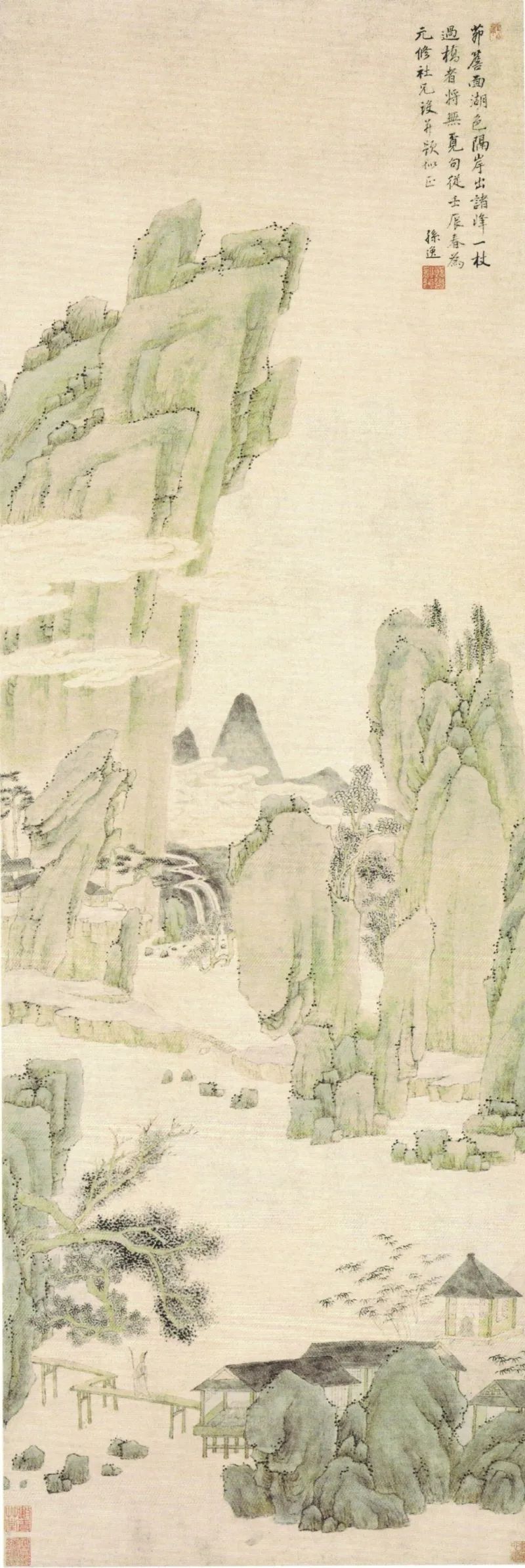
Sun Yi's Picture of Seeking Sentences on a River Bridge, collected by Anhui Museum
Sun Yi (?-1658), courtesy name Wuyi, nickname Shulin, was born in Xiuning County, Anhui Province. His life story is unknown, and his works are rarely passed down. He may be a descendant of Wen Zhengming in the Ming Dynasty. It is said that Sun Yi loved painting very much and collected many famous calligraphy and paintings. He especially admired Ni Zan of the Yuan Dynasty and praised him as "Yunlin is not a human pen, and his chest is dust-free and his wrists are immortal" (withdrawal from "Three Trees in Donggang") . From the few remaining works, it can be seen that Sun Yi's creative style is inherited from the Yuan Dynasty. His brushwork is leisurely, elegant and far-reaching, and his artistic conception is calm and contented.
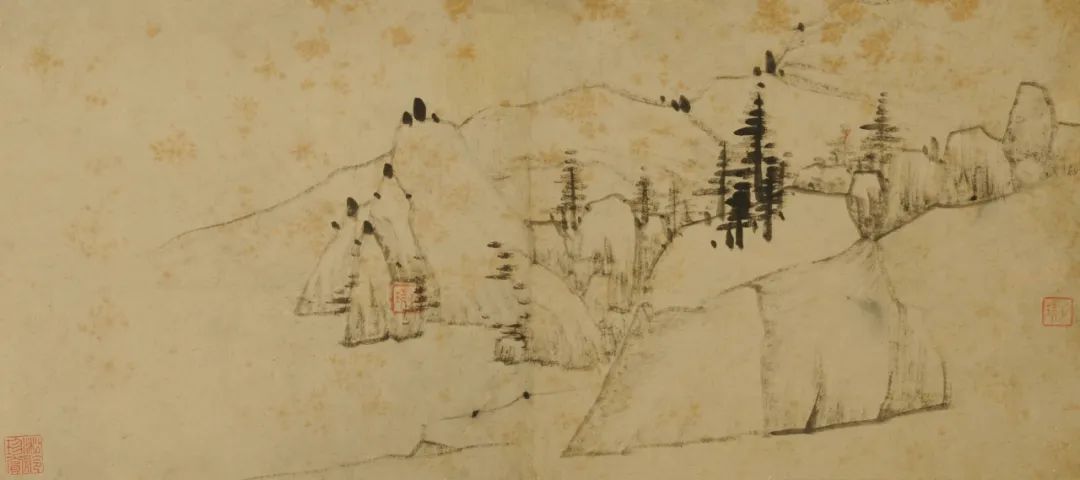
Wang Zhirui's Silent Picture of Ten Thousand Huts, collected by Anhui Museum
Wang Zhirui (?-1658), courtesy name Wurui, was a native of Xiuning County, Anhui Province. It is said that he loved drinking very much, and often had a wine pot next to his painting desk. "When he was drunk, he would start writing like a sudden storm, and he would produce dozens of paintings in a day. When the wine was exhausted and his passion failed, he would lie in bed stiff for several days." ( "Tongyin On Painting"). As a disciple of Li Yongyi, the founder of the Tiandu School of Painting in Xin'an area, he inherited his technique of reducing brushstrokes in landscapes, and is better at switching from complexity to simplicity. His brushwork is straightforward, vigorous and clean, and his artistic conception is elegant and plain.
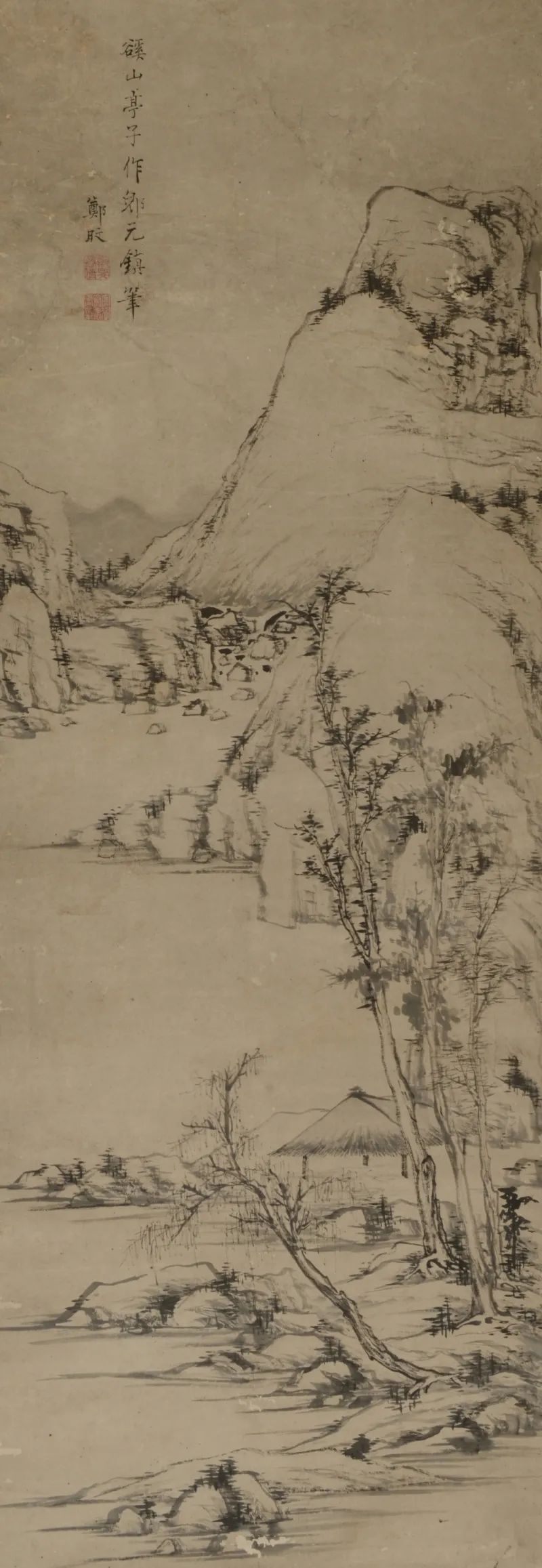
Zheng Min's Pavilion in Xishan Collection of Anhui Museum

Mei Qing's Ming Xianquan Picture Collection of Anhui Museum
The Xin'an School of Painting has made important achievements both in terms of pen and ink language and aesthetic realm. It learned from Ni Huang and Mao Shujiashan's painting style, which fully embodies the characteristics of elegant and vulgar literati paintings, and created a new era for Chinese literati. The new realm of painting has become a model for future generations of painters to learn from, and has had a profound impact on the development of Chinese painting art.
The exhibits in this exhibition cover important paintings by representatives of the Xin'an School such as Cheng Jiasui, Li Liufang, Jian Jiang, Zha Shibiao, Cheng Sui, Dai Benxiao, Zheng Min, Huang Binhong, etc., including Jian Jiang's "Xiaojiang Fengben Tu", Classic masterpieces such as "Residence with Qin" by Zha Shibiao, "Looking for Sentences on the Bridge" by Sun Yi, and "Autumn Mountains in Fake Beiyuan" by Dai Benxiao. The exhibition comprehensively demonstrated the painting style and artistic achievements of the "Xin'an School" to the audience, and also demonstrated the unique charm of Huizhou culture.
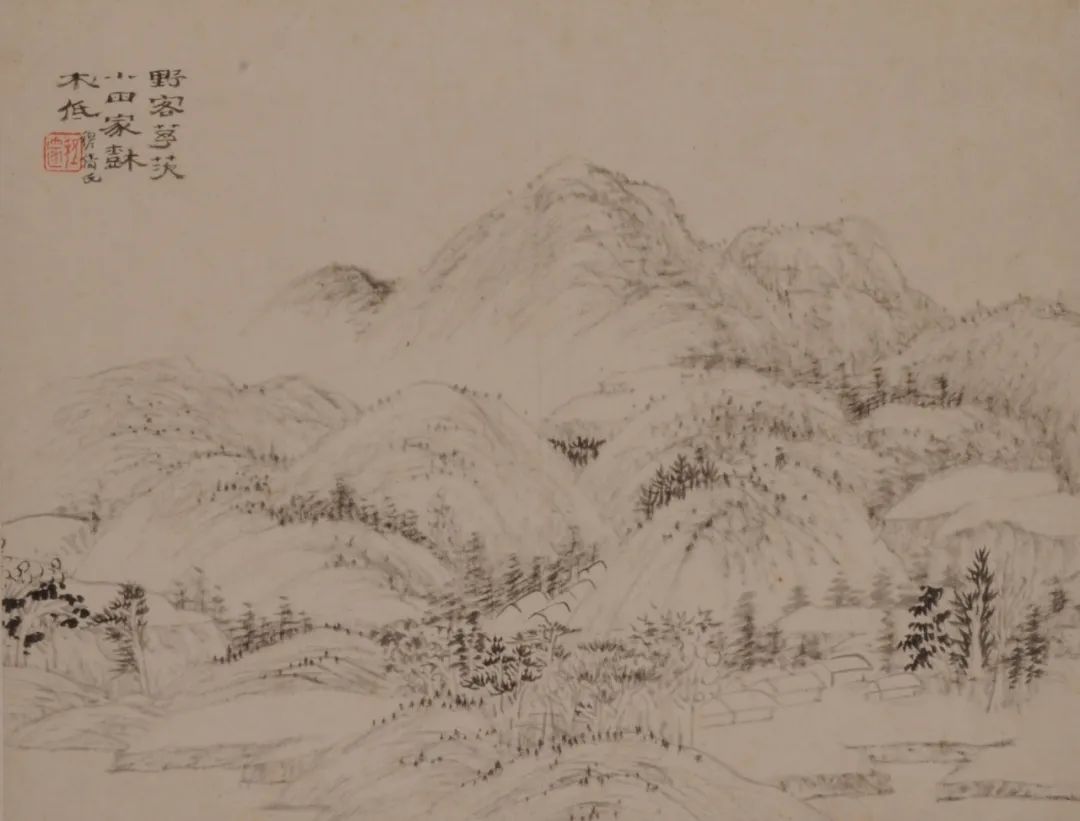
Cheng Sui's Landscape Album 1, collected by Anhui Museum
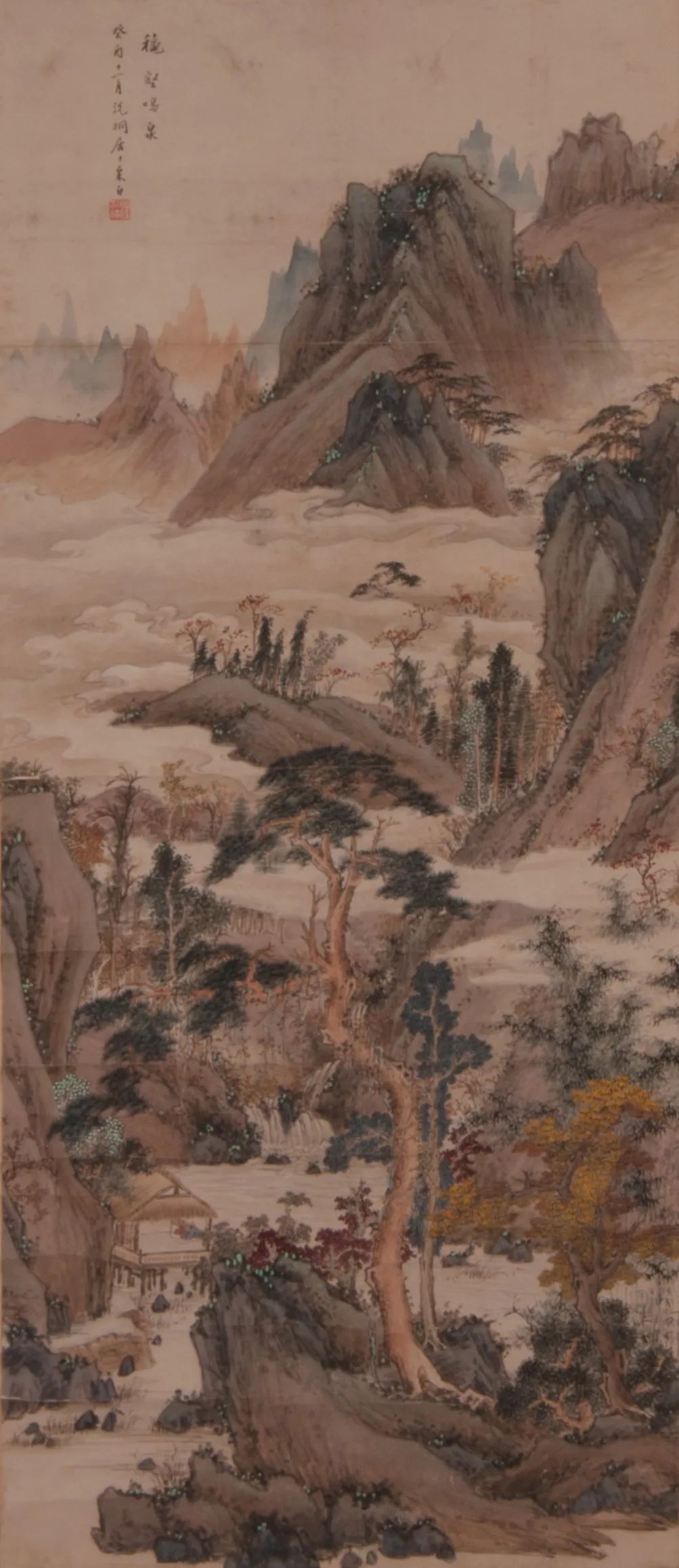
Wang Caibai's Picture of Mingquan in Qiuhe, collected by Huizhou History Museum, Anhui
This exhibition is sponsored by the National Art Museum of China, the Anhui Provincial Department of Culture and Tourism (Anhui Provincial Cultural Relics Bureau), and the Huangshan Municipal People's Government, and is organized by Anhui Museum (Anhui Provincial Cultural Relics Appraisal Station), Anhui China Huizhou Culture Museum, and Anhui Huizhou History Museum. It will last until June 10th.
(This article is based on the Anhui Museum and related literature.)
